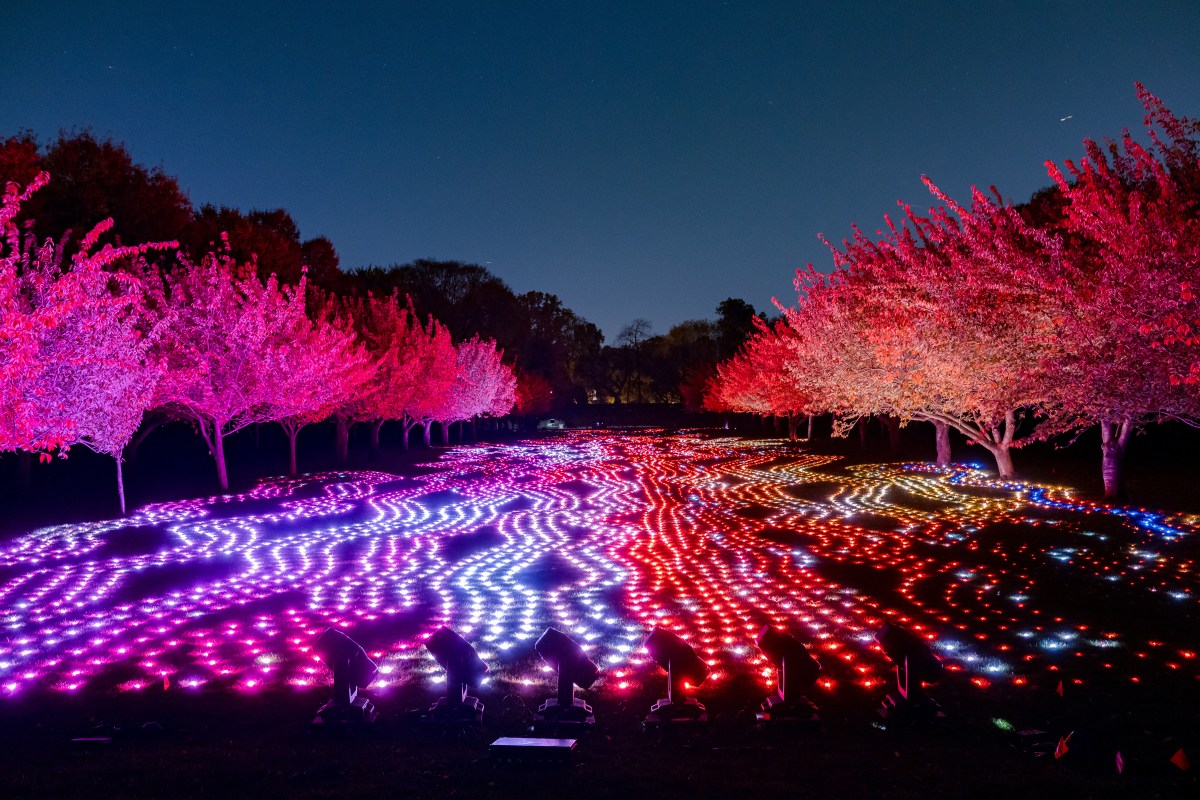Another awesome space moment is headed our way. From Saturday to Monday, the Perseid meteor shower will put on a show for New Yorkers who look up to the heavens.
To prepare, we’ve got you covered on everything you need to know to spot and enjoy the cosmic event.
What is the Perseid meteor shower?
The Perseid meteor shower is an annual event that occurs when Earth’s orbit travels into debris left from the Swift-Tuttle comet that appear to come from the direction of the Perseus constellation.
The comet itself has been around for a very long time (it was discovered more than 150 years ago) — it has a long orbit that comes in close to the Earth, so it is being monitored by astronomers, but it’s not a threat at this level, according to Jacqueline K. Faherty, an astrophysicist and the senior scientist at the American Museum of Natural History.
The Perseids, which are all flecks and grains of sand that travel an inconceivable 132,000 mph, are expected to fall at a rate of 50 to 60 per hour this year, Faherty said. Thanks to a new moon on Aug. 11, the meteors will be “bright and beautiful,” she added. “We won’t have the moon, which is great — we love the moon, but it’s an absolute hindrance. We’re not going to fight with the moon to see the fainter ones.”
This year’s shower isn’t the densest part of the cloud of debris, so sightings may not be as frequent as in past years, she said.
When can I see the Perseids?
The best time to view the Perseids is between midnight and dawn, especially on Sunday night into Monday morning.
“Earth grazers” are particularly fun to see as they skate off the atmosphere, but those come close to sunrise, Faherty said. And be on the lookout for “fireballs,” which are the bigger, brighter and more impressive meteors.
“I’ve caught fireballs that shook me,” she said. “I was on a rooftop in Washington, D.C., two years ago and I saw two fireballs. I’m an astronomer and that still was like ‘woah, like, that’s space happening.'”
When you go out, it’s not “about a sprint, it’s a marathon,” she said, meaning don’t expect to stand outside for 15 to 20 minutes and see the shower.
NASA suggests that you give yourself time for your eyes to adjust to the night sky — about 45 minutes — before the meteor shower begins.
“It’s about sticking it out, bring a drink, get a lawn chair and find the clearest spot,” she said. “It’s a great chance to take photographs. When you’re heading out bring a camera and leave the shutter open for a little while to try and catch one. When you’re sitting out there, orient yourself in the sky.”
Apps like Star Walk and Google Sky can get you well acquainted.
Faherty will also be posting about the shower that night, so follow her on Twitter or check her website for updates.
Where should I go in NYC?
When it comes to spots to view the Perseids in New York, a clear sky is key. Opt for large, open spaces, like parks and beaches, that will give you the best view of the night sky. Depending on where you live, head to places like Central Park, Carl Schurz Park, Inwood Hill Park, Van Cortlandt Park, Prospect Park, Flushing Meadows-Corona Park or Clove Lake Park. If you can’t get to a park, head to a rooftop where buildings won’t be in your way, just make sure there is a clearing.
Happy viewing!

































